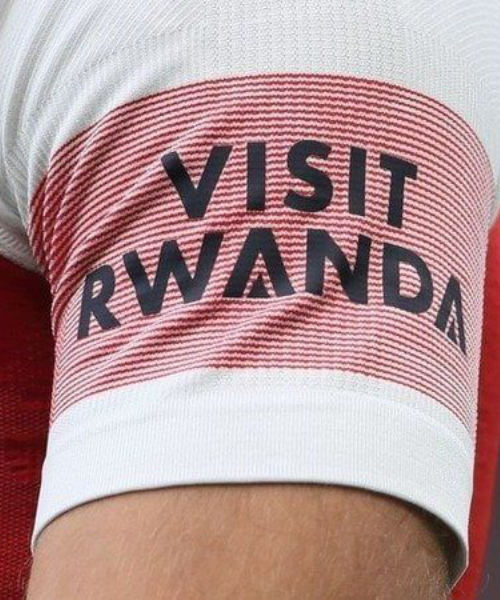Genocide in Plain Sight: Congolese Tutsi Targeted as Violence Escalates in Eastern DRC
Eastern Democratic Republic of Congo (DRC) is gripped by violence—this time, a wave of brutal attacks that many international observers and human rights organizations are describing as a genocide in progress. The primary victims: Congolese Tutsi communities living in the provinces of North Kivu and South Kivu, long marginalized and now being openly targeted for ethnic cleansing.
Despite international treaties, repeated calls for peace, and the presence of SADC, United Nations peacekeepers in the region, systematic killings, forced displacements, and hate-fueled rhetoric continue to intensify. Evidence gathered from eyewitness reports, satellite imagery, and survivor testimonies paint a disturbing picture of state complicity, as Kinshasa’s central government appears directly involved in fueling the violence.
Historical Context and Resurfacing Hatreds
The Tutsi minority in the DRC has long faced suspicion and persecution, dating back to the post-colonial power shifts, when the border was cut behind them and exacerbated by the 1994 genocide against Tutsi in Rwanda’s perpetrators, which saw the influx of génocidaires and refugees into eastern Congo. Over the decades, this ideology has been exploited by local militias, political actors, and foreign interests.

Today, ethnic hatred is once again at a boiling point. The M23 rebel group, which draws support from survivors, refugees and Tutsi communities. They accuse the Kinshasa government of systemic discrimination, and also has been used as a scapegoat to justify targeting the broader Congolese Tutsi population. Kinshasa’s response has not been one of nuance or precision but of sweeping repression. Entire Tutsi communities, many of whom have no connection to the rebel group, are being labeled as traitors and enemies of the state.
“People are being hunted down because of their ethnicity,” said a human rights worker operating near Goma. “The language used by military and political figures is disturbingly similar to what we saw in Rwanda in the early 1990s.”

Atrocities on the Ground
Recent footage and reports reveal a string of massacres carried out in North Kivu, where dozens of Tutsi civilians were killed in what survivors describe as “organized purges.” Villages are being burned, women raped, and children abducted or murdered. In one harrowing incident in February 2025, a group of over 30 unarmed civilians was rounded up and executed in the town of Kiwanja.
Testimonies from survivors, gathered by local NGOs, recount horrific scenes. “They came at night with military uniforms,” said a 47-year-old woman who fled to a UN camp. “They called out Tutsi names and dragged people out of their homes. If you tried to hide, they would burn the house down.”
Many survivors are now living in desperate conditions in overcrowded refugee camps. Some have tried to flee to Rwanda or Uganda, only to be turned back due to diplomatic pressures and overwhelmed borders.
The UN’s humanitarian arm estimates that over 800,000 people have been displaced since the beginning of 2024, with the majority being members or associates of the Congolese Tutsi community.
Kinshasa’s Role Under Fire
While militias like the Mai-Mai, FDRL who committed genocide in Rwanda and CODECO have long operated with impunity in eastern DRC, recent reports suggest that the Congolese national army (FARDC) itself is directly involved in many of the atrocities. Witnesses describe FARDC units cooperating with local militias, providing weapons, and in some cases, directly participating in massacres.
Even more alarming are reports from Kinshasa indicating that political leaders are using state media and social platforms to incite hatred and genocide ideology. A senior official in the Ministry of Interior was recorded describing the Tutsi population as “foreign agents” and calling on “true Congolese patriots” to “cleanse the land.”
International observers, including Human Rights Watch and the African Union, have condemned the statements. Still, there has been little in terms of tangible intervention.
“This is not just a failure of governance. It is state-sponsored violence,” said Dr. Esther Ngoma, a political scientist at the University of Nairobi. “What we are witnessing is a deliberate campaign of persecution.”
The Silence of the International Community
Despite clear indicators of genocidal intent, the international community has largely remained silent. The UN Security Council has issued vague statements of concern, and most Western governments have avoided labeling the events as genocide, possibly due to political sensitivities involving Congo’s vast mineral wealth and regional alliances.
“The West’s reluctance to act is reminiscent of Rwanda in 1994,” said Jean-Paul Karekezi, a Rwandan analyst and genocide survivor. “There is overwhelming evidence that a specific ethnic group is being targeted, but the response is slow, fragmented, and largely rhetorical.”

A Plea for Intervention
As the death toll rises and refugees continue to pour into neighboring countries, the need for international intervention becomes increasingly urgent. Advocacy groups are demanding sanctions against Congolese military officials, a UN-led investigation into war crimes, and immediate humanitarian aid for displaced Tutsi communities.
“The world said ‘never again’ after Rwanda. But here we are again—different country, same silence,” said Alice Nduwimana, a Congolese Tutsi activist now living in exile. “We are pleading for recognition, for safety, for the chance to live without fear.”
The question now is not whether a genocide is happening—it is whether the world will act before it is too late.











